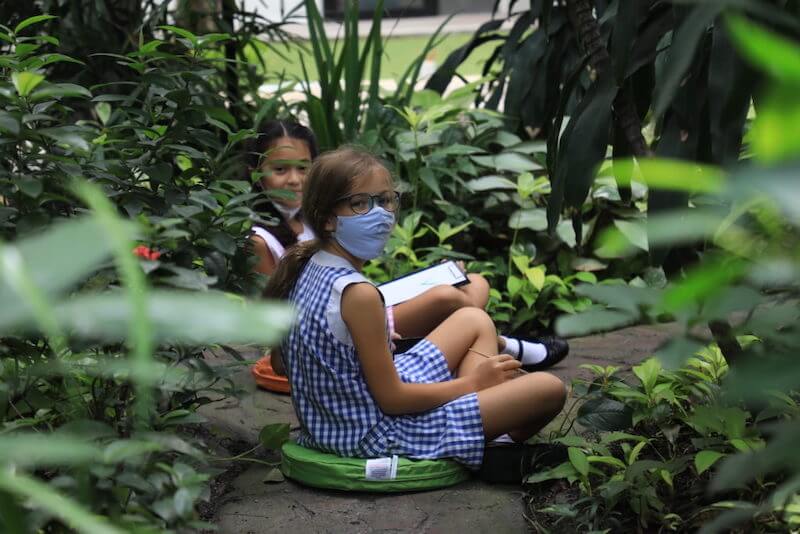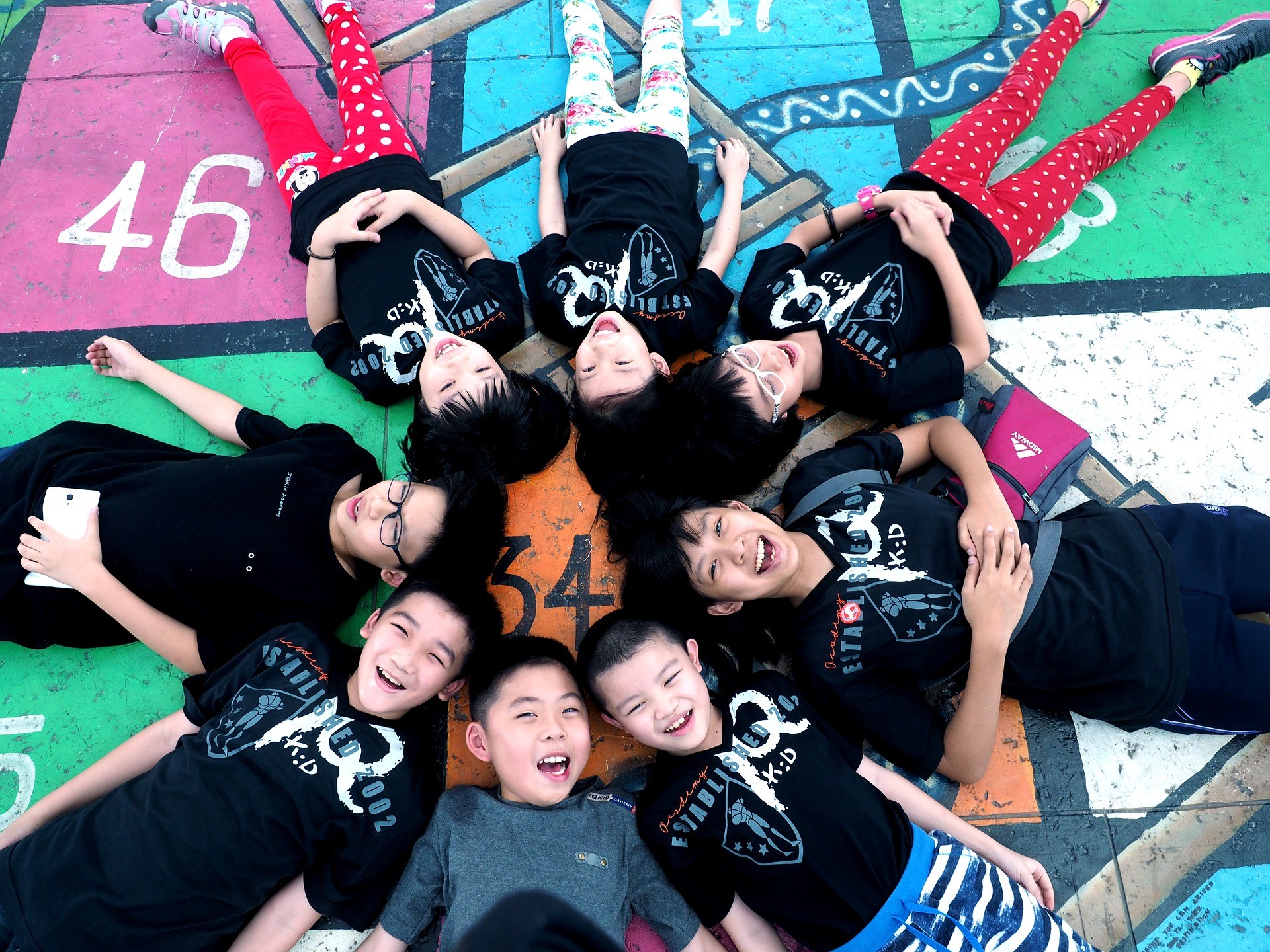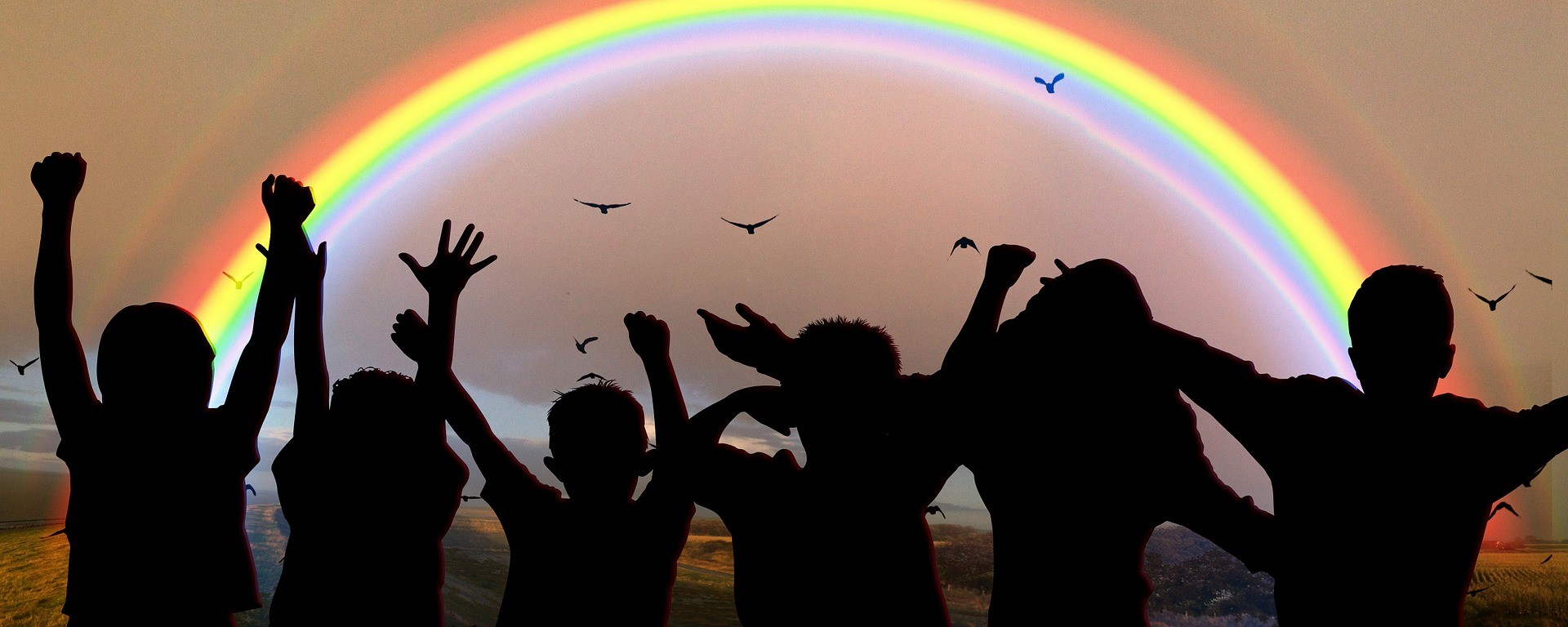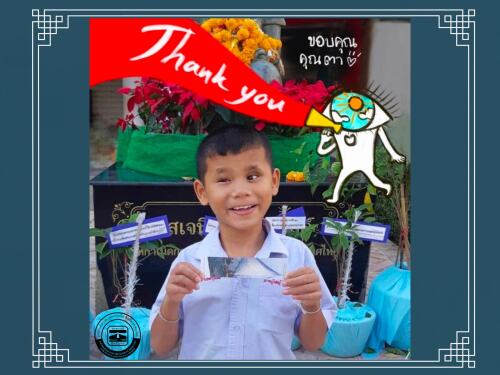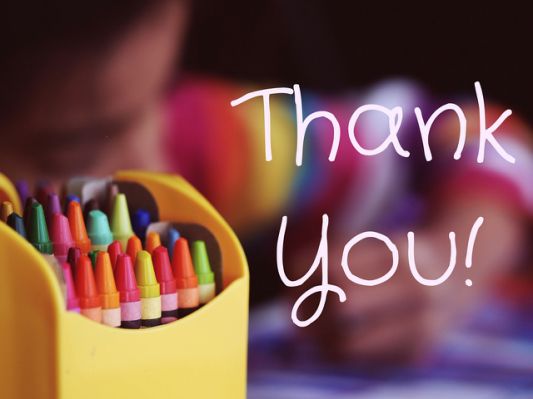A solar powered visit to Bangkok Patana Secondary Science – How does a beam of light travel?
Education doesn’t fit a “one-size-fits-all” philosophy anymore and progressive educational approaches have discovered that students learn in different ways and not all students are the same and each has their own specific needs , which is why hands-on learning in has become so effective both in and out of the classroom.
Why is Hands-On Learning so Effective?
Hands-on learning (also known as experiential learning) is the biology lab or visit to a local pond that teaches a future scientist to be comfortable with dissection; the visit to an architects studio that helps a future graphic designer understand the nuances of constructing a building or bridge with not just their eyes and ears but also with actual hands-on training. It gives students the opportunity to discover in real world situations what it means to self correct, trial by error all with professional guidance to hand. While content notes can be incorrectly copied or interpreted differently by each student’s understanding of a teachers explanation, hands-on live examples of core concepts are registered in the brain as holistic experiences which give the student’s mind more “anchors” to tie the memory to.
The vivid picture of leaves attracting sunlight to turn into oxygen and energy, the sound two musical tuning forks make when they attach to each frequency in the law of attraction all become sensory “bookmarks” for bringing the memory to the surface when it needs to be reviewed. This concept works for every field of study as well, not just the sciences – but it definitely makes science subjects easier for kids to understand as they simply learn better when they’re allowed to roll up their sleeves and experience the subject matter.
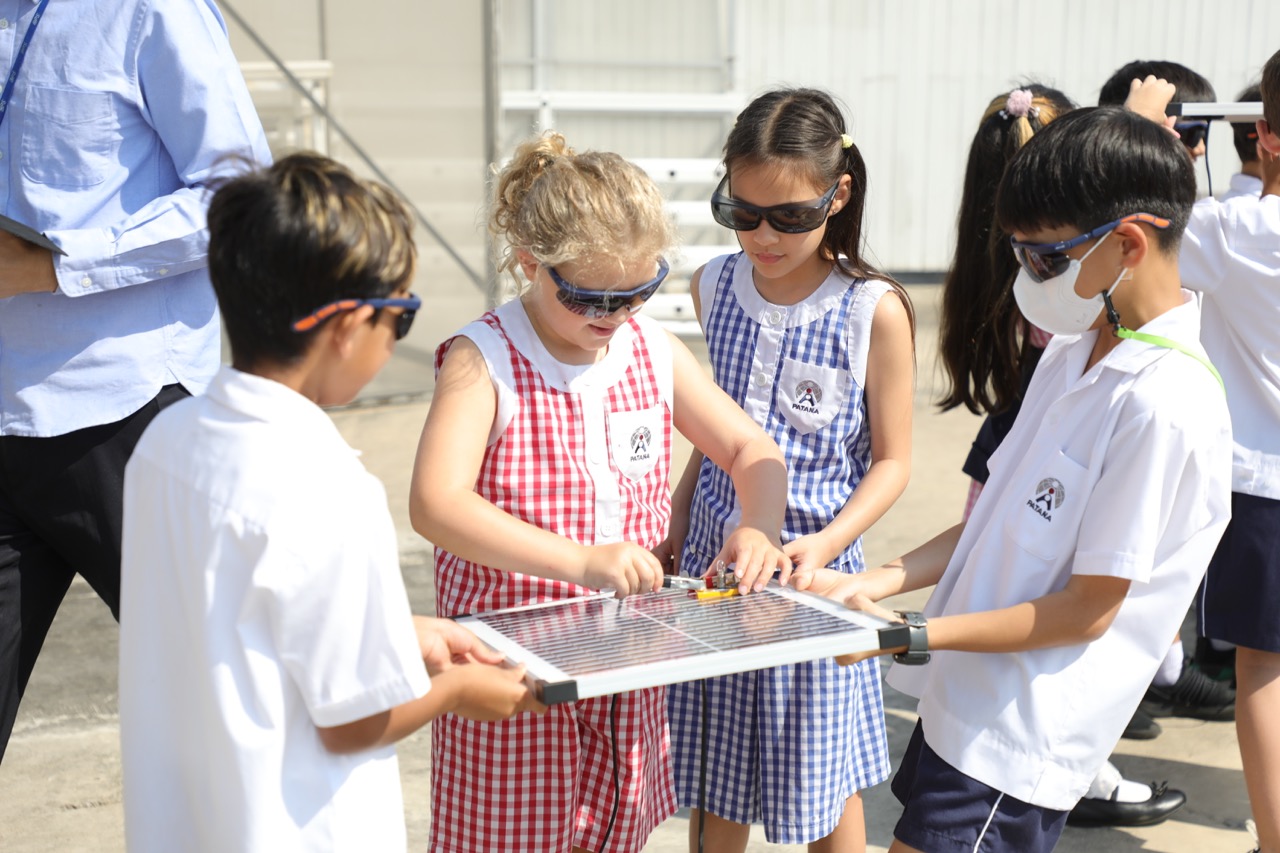
Hands-On Learning in Action
Bangkok Patana Year 3 students had a solar-powered opportunity to visit the Secondary Science Centre (including the rooftop!) as part of their learning about light and shadows. Upon arriving in the Physics classroom, students put on white lab coats to look the part of a Secondary Science student. The Secondary Science technician, Khun Turbo, introduced the lesson by asking Year 3 students to think about whether light travelled in straight lines, circles, or waves. Many expressed that this was something they had never thought about before! Year 3 was then treated to a demonstration of a laser pen and smoke chamber, which was met with gasps and excitement. After a brief explanation of how light is reflected, students were guided upstairs to the rooftop to see Bangkok Patana’s solar panels. Students were given various solar toys to experiment with, learning that as soon as they stepped in the shade, the toy would slow down. Primary students are grateful for having such an opportunity within one campus, providing a unique, hands-on experience with higher-level resources.
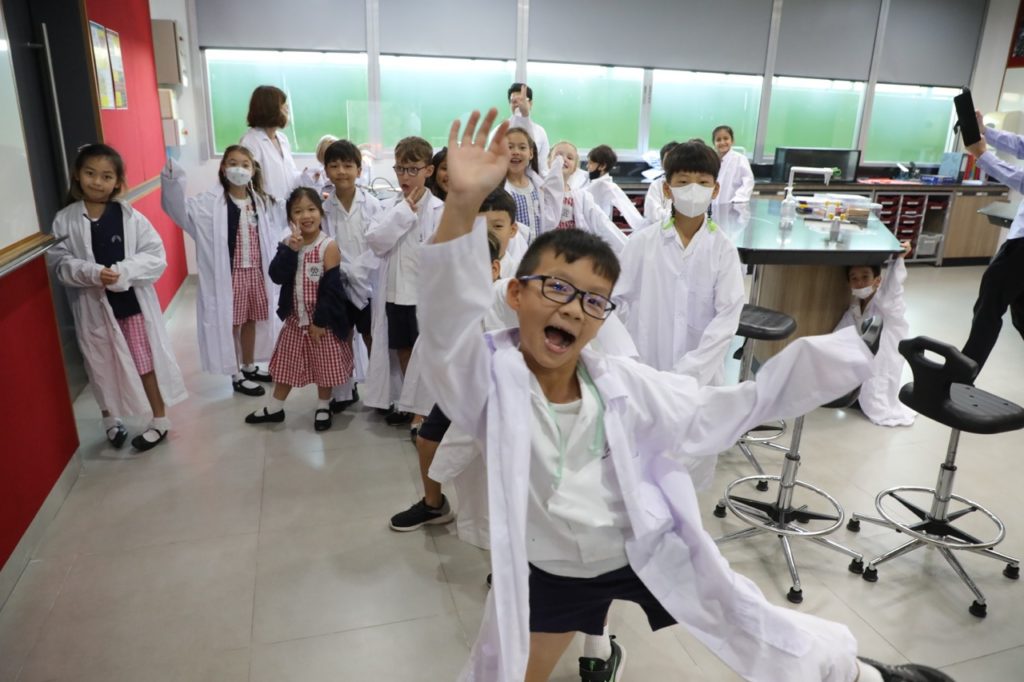
When a child moves beyond the home and you are looking for a kindergarten or grade school, parents who prioritize hands-on education will need to find a school that shares this priority. In addition to evaluating the school’s curriculum and asking questions during the admission process, parents should also keep an eye out for schools that embrace and encourage learning through doing and offer many other benefits similar to hands-on education.
To find our more about Bangkok Patana you can contact their admission team directly HERE


